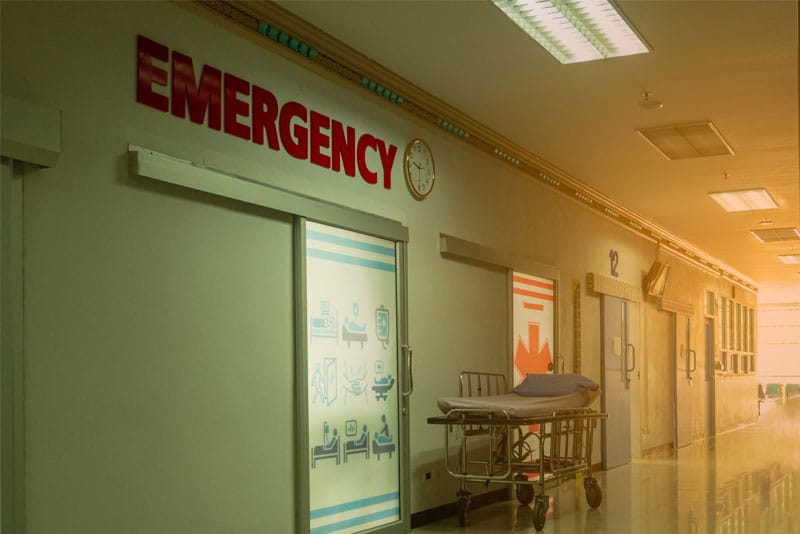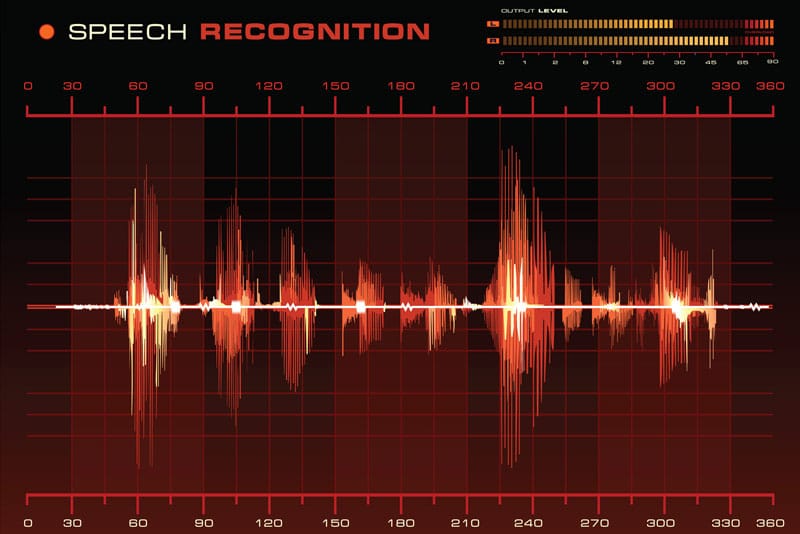Overcrowding emergency departments (EDs) in the United States have become a great concern for emergency medicine healthcare professionals and a chronic health system issue that needs to be managed efficiently and at the earliest. A 2012 study published in the Annals of Emergency Medicine says that if emergency department visits increased by 1.9 percent annually from 2001 to 2008, crowding increased by 3.1 percent for the same period. With the Affordable Care Act (ACA), the situation is getting worsened due to the rising number of emergency room visits. Higher crowding at EDs is undoubtedly a serious patient safety issue as studies have shown that patients at overcrowded EDs are more likely to die compared to patients at less-crowded EDs. Before exploring the effective solutions to manage the overcrowding, let’s take a brief look at the main causes.
Major Causes of Overcrowding
- Lack of inpatient hospital beds often results in emergency room (ER) boarding of patients who need to be admitted.
- Lack of access to primary care physicians who provide care to patients in an emergency situation is another important reason. According to the AAMC’s (Association of American Medical Colleges) Center for Workforce Studies, there will be a shortage of 45,000 primary care physicians in the U.S. by 2020.
- Shortage of nursing and physician staff in emergency department along with the increasing complexity and acuity of patients in the ED.
- Absence of alternative advanced diagnostic testing and treatment facilities.
Effective Solutions to Manage Overcrowding
- Understand who all are using ED in the first place. Experts say frequent ED visitors or super users often deal with chronic pain, addiction and mental illness and it requires time to delve into these deeper problems. With proper scheduling of these patients, healthcare providers can take care of them at a more in-depth level. At the same time, processing time can be reduced for non-critical patients. It is easy to find super users with the help of electronic health records (EHRs). However, it is vital to ensure that the patient’s details within the system are accurate. Physician dictations can be transcribed accurately with the help of transcriptionists and EHR fields populated through discrete recordable transcription technology.
- Providers can create an environment that is always ready to receive the patients and speed up the transfer process for ED patients.
- Providers should take stringent efforts to reduce wait times. A hospital in Cincinnati has reduced average wait times by speeding up the treatment and altering patient-sorting methods. In the new method, physicians have to go to patients according to the order in which patients are seen instead of the hospital routing patients to the physicians. The collaboration between physicians, nurses and technicians in making patient-care decisions also played a significant role in reducing wait times.
- Transferring patients from the ER to observation units to conduct additional tests and monitoring before being admitted or discharged.
- Establishing performance indicators and benchmarks to monitor prospective ongoing measurement of ED overcrowding is a good method to understand the level of crowding and the effectiveness of the measures adopted.
Federal and/or provincial governments should provide adequate funding for ED care as well. However, accurate clinical documentation plays a key role in every aspect of managing overcrowding as emergency medicine professionals rely on such documents to understand the patient’s condition and communicate the complexity of the condition to their colleagues. Unless this kind of information flows smoothly and accurately between the professionals, it will simply increase the wait times.


